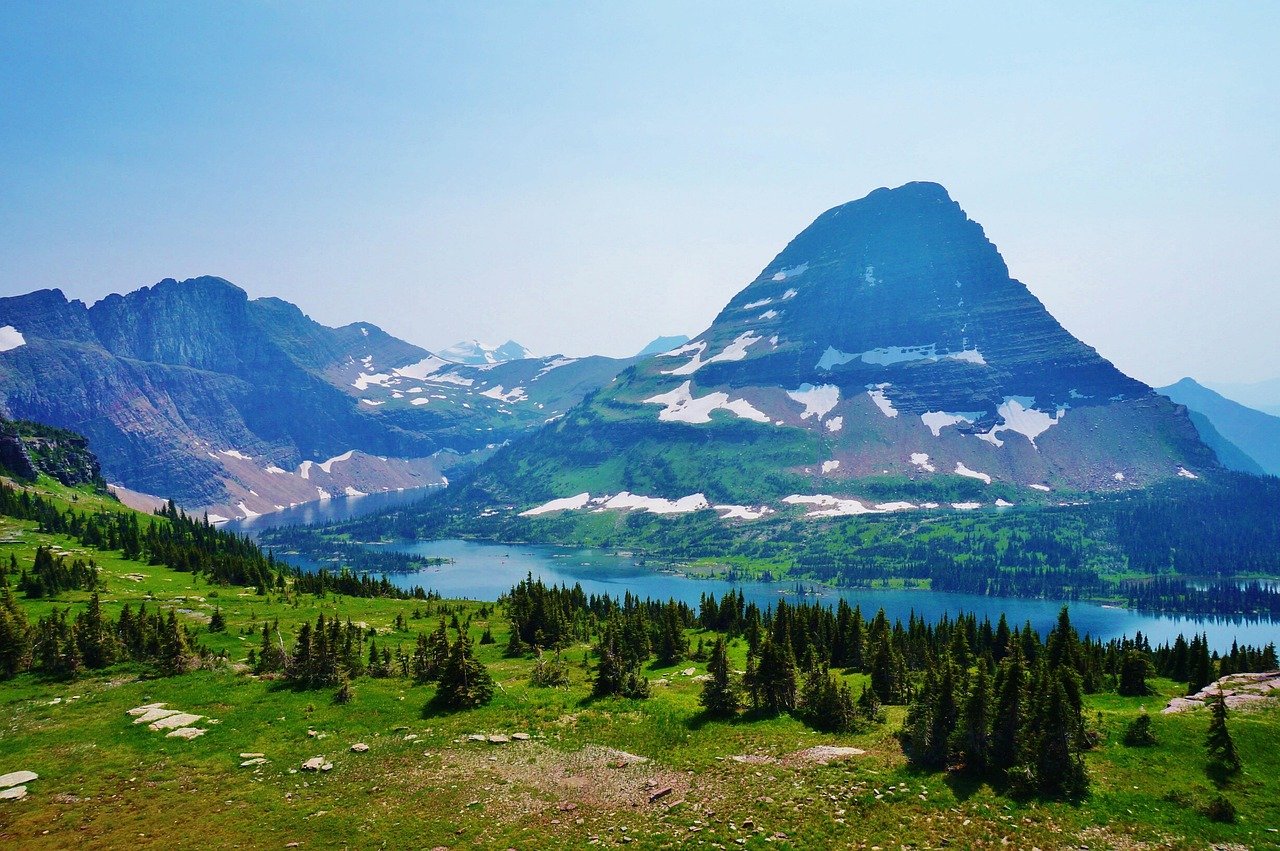How to Explore Responsibly in Big Sky Country
Montana’s wild places are breathtaking—and fragile. With millions of acres of wilderness, national forests, and public lands open to hikers, the way you move through these spaces matters. “Leave No Trace” isn’t just a catchphrase—it’s a backcountry code of ethics that every adventurer in Montana should know.
What Is Leave No Trace?
Leave No Trace (LNT) is a set of outdoor ethics promoting conservation through low-impact practices. It’s about enjoying natural spaces without damaging them—so future hikers, campers, and wildlife can enjoy them too. It applies whether you’re deep in the Bob Marshall Wilderness or walking a frontcountry trail near Missoula.
Leave No Trace is built around seven core principles, each focused on minimizing your footprint. These aren’t rules handed down by rangers—they’re voluntary best practices adopted by outdoor communities worldwide.
Where Did Leave No Trace Come From?
The concept of “leave no trace” grew out of necessity in the 1960s and ’70s. As outdoor recreation surged—especially in U.S. national parks and forests—so did damage to natural areas: littered trails, trampled meadows, tree damage from campfires.
In response, land management agencies like the U.S. Forest Service, National Park Service, and Bureau of Land Management began promoting low-impact backcountry behavior.
By the 1990s, the nonprofit Leave No Trace Center for Outdoor Ethics formed to unify messaging, develop educational programs, and expand the philosophy to all outdoor users—not just hardcore backpackers.
Today, it’s become the gold standard for responsible recreation.
Learn more at: https://lnt.org
Why It Matters in Montana
Montana’s public lands are among the wildest in the country, with grizzly bears, pristine alpine lakes, sensitive high-altitude meadows, and trails that pass through tribal lands or active ranching zones.
Whether you’re hiking in Glacier National Park or through a quiet national forest, practicing Leave No Trace helps:
- Protect wildlife habitats
- Preserve scenic beauty
- Reduce conflict with other users
- Prevent trail erosion and overuse
- Keep access open—land closures often result from abuse
Montanans take stewardship seriously. Being a good guest here means leaving a place exactly as you found it—or better.
The Seven Leave No Trace Principles
1. Plan Ahead and Prepare
Research the area, check trail conditions, weather, rules, permits, and closures. Poor planning often leads to poor choices—like cutting switchbacks or building illegal fires.
Montana Tip: Cell service is unreliable. Download maps, weather, and alerts before heading out.
2. Travel and Camp on Durable Surfaces
Stick to established trails and campsites. Don’t trample vegetation, especially in alpine or riparian zones.
Montana Tip: Avoid creating new paths in muddy areas—wear waterproof boots and go through the mud, not around it.
3. Dispose of Waste Properly
Pack out all trash, leftover food, and toilet paper. Use catholes (6–8 inches deep, 200 feet from water) for human waste unless regulations require wag bags.
Montana Tip: Some alpine and desert areas now require pack-it-out systems—especially popular lakes and high-elevation zones.
4. Leave What You Find
Let others enjoy the discovery. Don’t take rocks, flowers, antlers, or artifacts. Avoid carving into trees or rocks.
Montana Tip: Artifacts found on tribal or historical lands are protected by law. Leave them be.
5. Minimize Campfire Impact
Use camp stoves when possible. Fires scar landscapes, consume scarce wood, and pose wildfire risks.
Montana Tip: During summer, fire bans are common due to dry conditions. Check local restrictions before lighting anything.
6. Respect Wildlife
Observe from a distance. Never feed animals. Store food securely and keep pets under control.
Montana Tip: You’re in bear country—carry bear spray and use proper food storage (canisters or hangs) even on day hikes.
7. Be Considerate of Other Visitors
Keep noise down, yield to uphill hikers, and give space on narrow trails. Let nature—not your playlist—set the tone.
Montana Tip: In popular areas like Glacier, early mornings mean quieter trails and more solitude. Don’t shout to friends or blast music—many hikers are there for the peace.
Who Teaches Leave No Trace?
The Leave No Trace Center for Outdoor Ethics partners with schools, park agencies, guides, and volunteers to offer:
- Awareness Workshops
- Trainer and Master Educator Courses
- Youth education programs
- Online resources and printable guides
In Montana, groups like Montana Wilderness Association, Montana Fish, Wildlife & Parks, and Backcountry Horsemen of Montana often incorporate LNT into their programming.
You can find courses or volunteer to become a trainer at https://lnt.org/get-involved
Leave No Trace isn’t about being perfect—it’s about being mindful. Every bootprint, snack wrapper, and shortcut choice adds up. Montana’s wild places give us a lot. Giving back starts with how you hike.
If you’re exploring the outdoors here, you’re part of the story. Let’s make sure the trails, meadows, and peaks remain just as wild for the next adventurer.
Let me know if you’d like this article converted into a trailhead poster, handout, or checklist.

